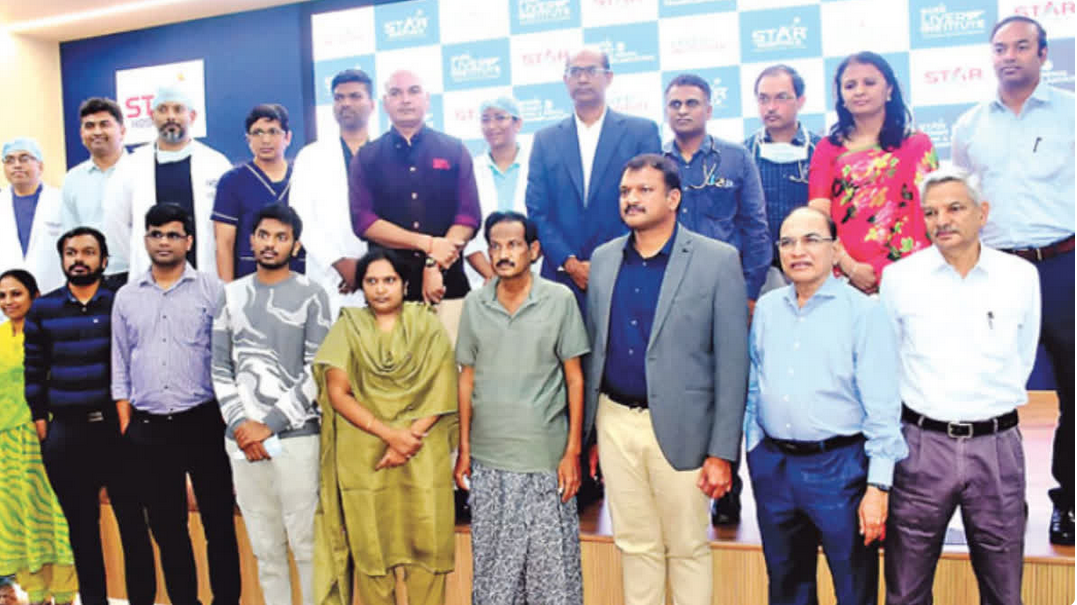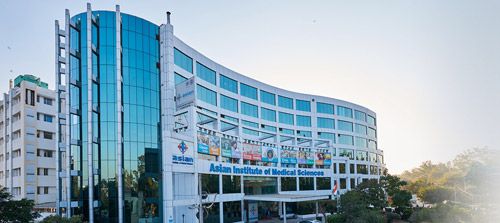Menstrual hygiene is more than a health issue; it’s a question of dignity, education, and equity. The Supreme Court’s recent intervention, urging the Centre to examine ground realities before implementing the National Policy on Menstrual Hygiene for School-Going Girls, brings this silent crisis to the forefront. The directive was issued after petitioners flagged critical gaps in the policy, arguing that flawed data and poor infrastructure continue to jeopardize the well-being of young girls in India.
For millions of school-going girls, menstruation is not just a biological reality but a significant barrier to education and personal development. A lack of access to sanitary products, absence of proper sanitation facilities, and the stigma surrounding menstruation create an environment where girls feel excluded, vulnerable, and even ashamed.
Research highlights alarming statistics: in low-income settings, over 20% of adolescent girls drop out of school after reaching puberty. The reasons are multifaceted—lack of access to menstrual products, inadequate facilities, and absence of awareness programs addressing menstrual health.
The National Policy on Menstrual Hygiene for School-Going Girls, introduced by the Union Government, aims to provide basic facilities such as free sanitary pads, clean toilets, and awareness programs in schools. However, its effectiveness has been questioned.
The petitioner in the Supreme Court pointed out discrepancies in government data. For instance, the affidavit claims that 64.5% of girls use sanitary napkins, 49.3% use cloth, and 15.2% rely on locally made napkins. Combined, these numbers exceed 100%, raising doubts about the accuracy and reliability of the data that forms the foundation of this policy.
More concerning is the ground reality in areas like Damoh district in Madhya Pradesh, where schools reportedly lack essential resources, including staff to maintain hygiene. In such environments, policies often fail to translate into actionable outcomes, leaving girls to fend for themselves.
During the Supreme Court hearing, the petitioner painted a disturbing picture of schools in Damoh district. Many lacked even basic amenities like housekeeping staff and peons. Sanitary pads, a supposed cornerstone of the menstrual hygiene initiative, were unavailable, forcing girls to leave school if they needed one.
These conditions expose the systemic neglect that continues to plague India’s public education system, especially for adolescent girls. Without dedicated personnel, functional toilets, and adequate menstrual products, the policy remains a paper tiger—good in theory but toothless in practice.
Stigma and myths around menstruation remain significant obstacles. In many rural and semi-urban areas, menstruation is still seen as something impure. This mind-set discourages open conversations about menstrual health, leaving girls unprepared and uninformed.
The petitioner’s plea emphasizes the need for a three-stage awareness program:
1. Breaking Taboos: Addressing societal myths and encouraging open dialogue about menstruation.
2. Improving Facilities: Ensuring access to separate toilets, sanitary pads, and disposal mechanisms.
3. Waste Management: Educating schools on environmentally friendly disposal of menstrual waste.
These measures are essential not only for ensuring menstrual hygiene but also for empowering girls to embrace their natural biological processes without shame or fear.
For adolescent girls aged 11 to 18, particularly those from economically disadvantaged backgrounds, the lack of menstrual hygiene can lead to severe health problems. Infections caused by unhygienic practices during menstruation are common, with long-term repercussions for reproductive health.
The absence of free sanitary pads exacerbates this issue. Many girls are forced to rely on unsafe alternatives like old cloth, husk, or even ash. This not only poses serious health risks but also contributes to higher absenteeism and dropout rates among school-going girls.
The economic burden is another factor. For families living below the poverty line, the cost of sanitary products is often seen as a luxury they cannot afford. Free distribution of pads, coupled with educational campaigns, can alleviate this burden and ensure that no girl is forced to skip school during her period.
The petitioner argues that inadequate menstrual hygiene facilities violate the right to life and dignity guaranteed under Article 21 of the Indian Constitution. Denying girls access to proper sanitation and menstrual products not only compromises their health but also restricts their ability to pursue education and achieve their full potential.
By framing this issue as a constitutional right, the case elevates menstrual hygiene from a mere policy concern to a matter of social justice. It challenges the government to prioritize the needs of adolescent girls and address systemic inequalities that perpetuate gender-based disparities in education.
Acknowledging the gravity of the issue, Additional Solicitor General Aishwarya Bhati informed the Court that the Ministry of Health and Family Welfare is working with states and union territories to draft comprehensive action plans. However, these plans must go beyond policy frameworks and focus on tangible, on-the-ground improvements.
Key Recommendations for Improvement
1. Accurate Data Collection: Conduct thorough surveys to understand the actual needs and challenges faced by school-going girls.
2. Infrastructure Development: Build separate toilets for girls in all government and government-aided schools, equipped with sanitary product dispensers and disposal units.
3. Community Engagement: Involve parents, teachers, and local communities in awareness campaigns to break taboos and normalize conversations around menstruation.
4. Training and Employment: Recruit and train dedicated housekeeping staff for schools to ensure cleanliness and hygiene.
5. Free Distribution of Sanitary Pads: Ensure every girl has access to free or subsidized sanitary products, particularly in rural and economically backward regions.
6. Monitoring and Accountability: Establish mechanisms to monitor policy implementation and hold authorities accountable for lapses.
As the Supreme Court awaits the Centre’s response by December 3, the spotlight remains on the government’s commitment to addressing menstrual hygiene challenges in schools. This issue transcends political agendas—it is about securing a brighter, healthier, and more equitable future for India’s daughters.
By ensuring access to menstrual hygiene products and facilities, breaking societal taboos, and empowering girls with knowledge and resources, India can take a significant step toward gender equality. It’s time to move beyond token gestures and make menstrual hygiene a priority in every school across the nation.
In Conclusion, Menstrual hygiene is not just a women’s issue—it’s a societal one. It affects education, health, and overall development. Policies that fail to address ground realities only widen the gap between intention and impact. As the Supreme Court emphasizes data accuracy and actionable measures, the message is clear: menstrual hygiene cannot wait.
India’s daughters deserve better, and it’s time for the nation to rise to the occasion. Let this be a turning point, where we stop whispering about menstruation and start acting to ensure that every girl can attend school with dignity and confidence, every day of the month
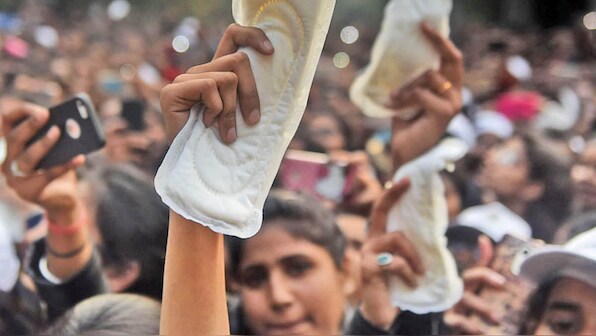
 Menstrual hygiene is not just a women’s issue, it’s a societal one and It affects education, health, and overall development
Menstrual hygiene is not just a women’s issue, it’s a societal one and It affects education, health, and overall development









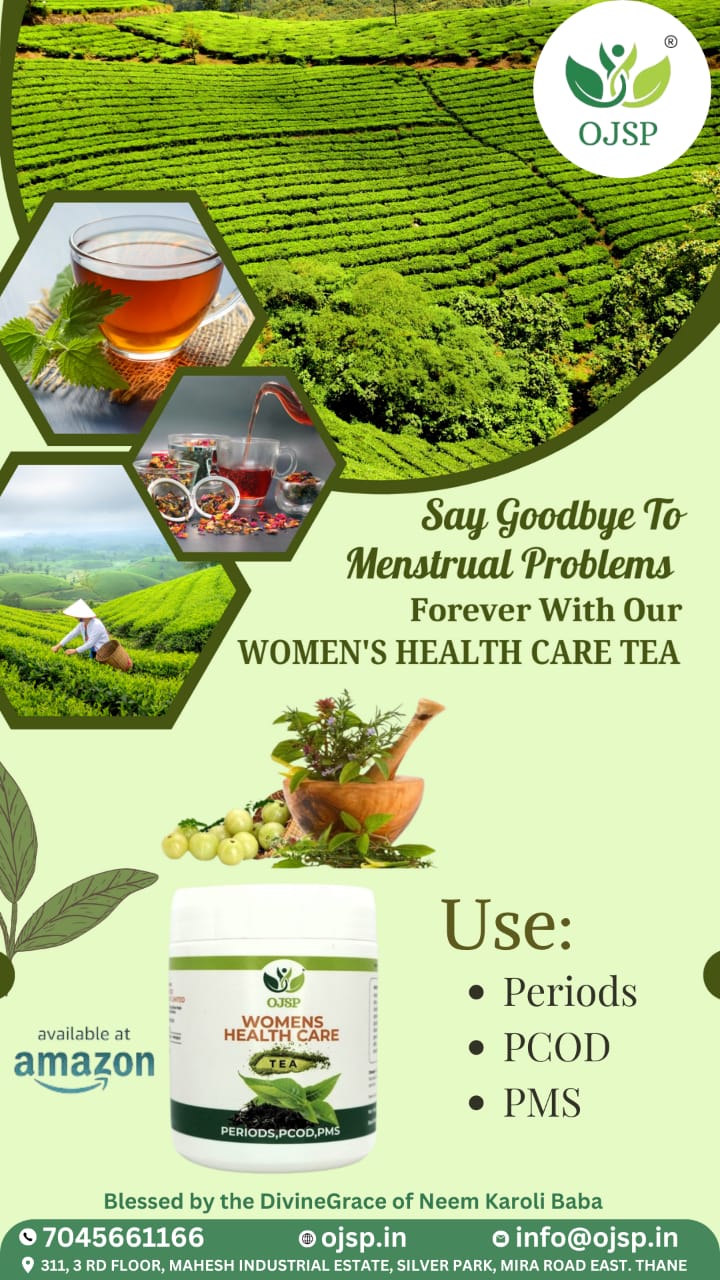
.jpeg)
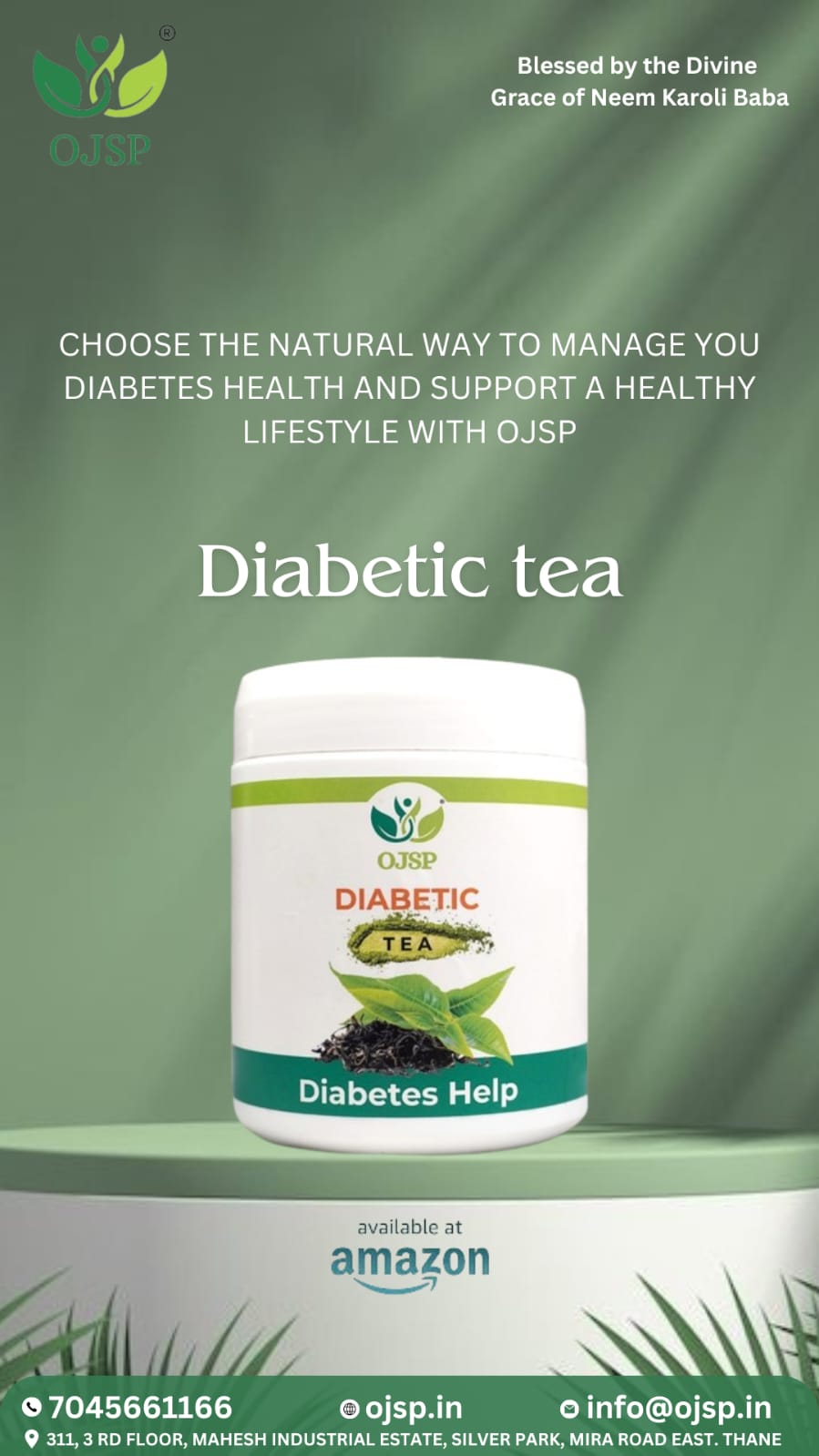

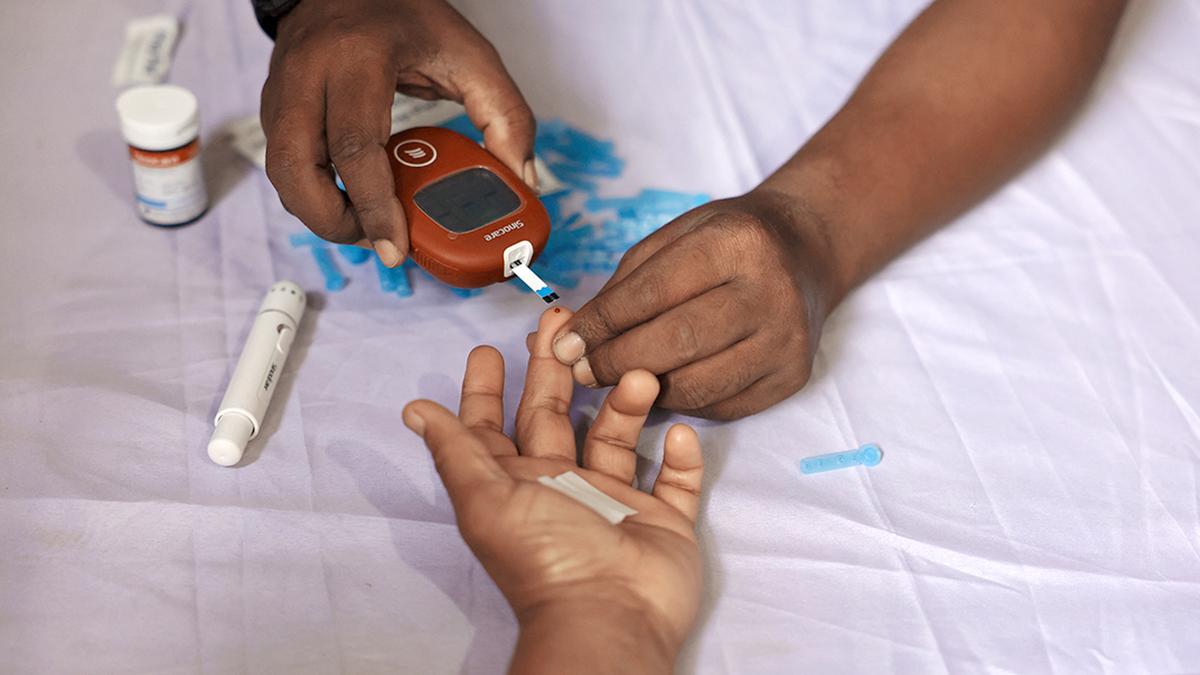
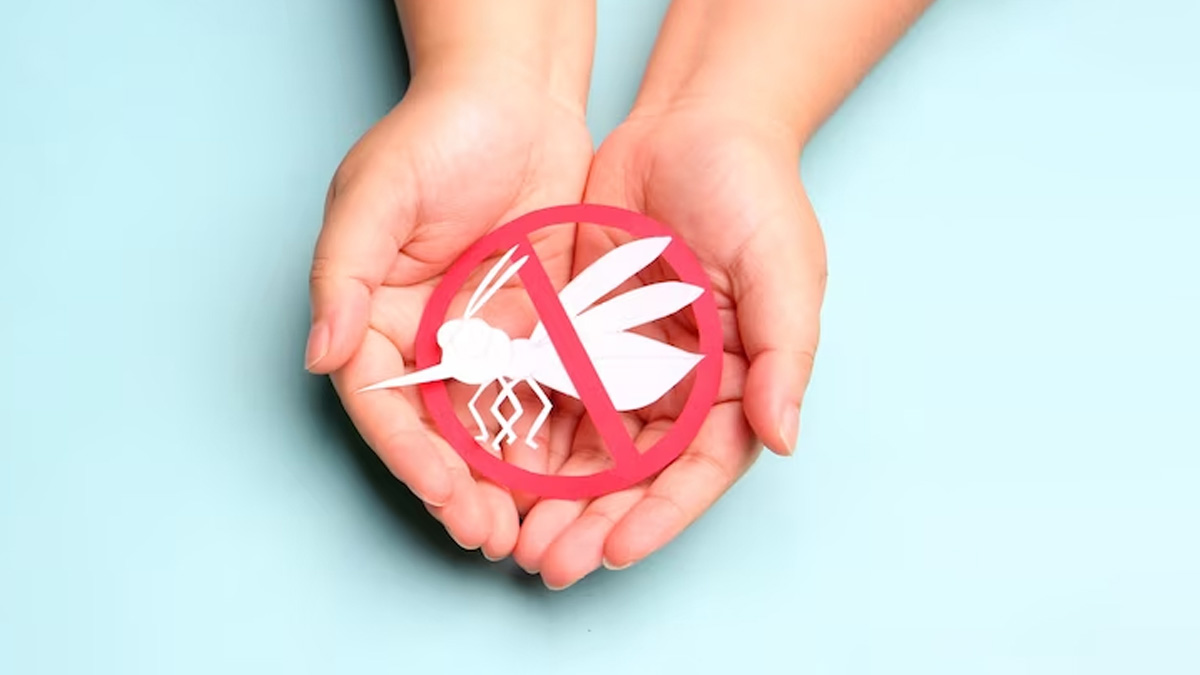

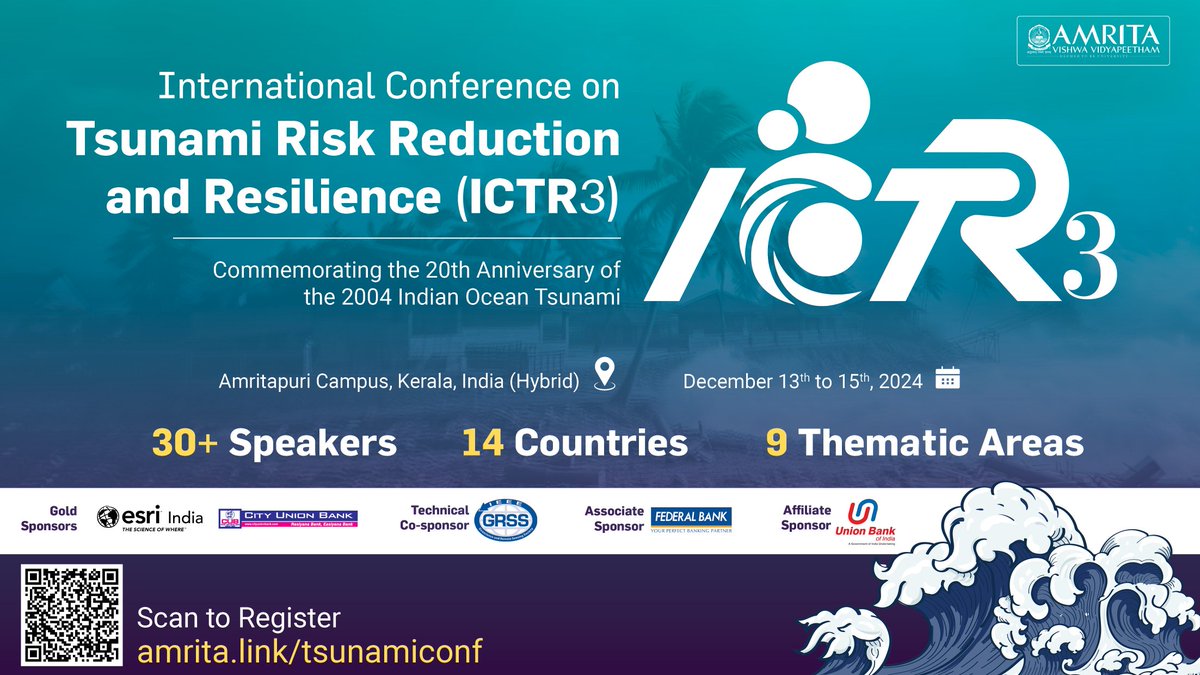

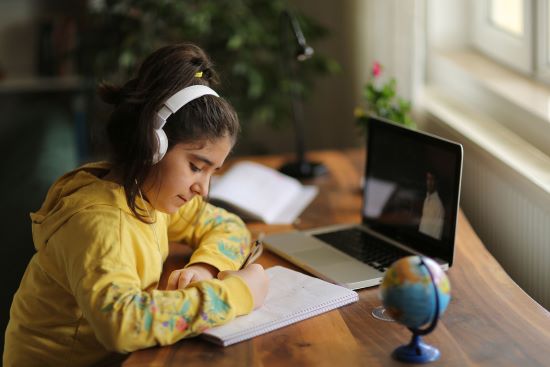
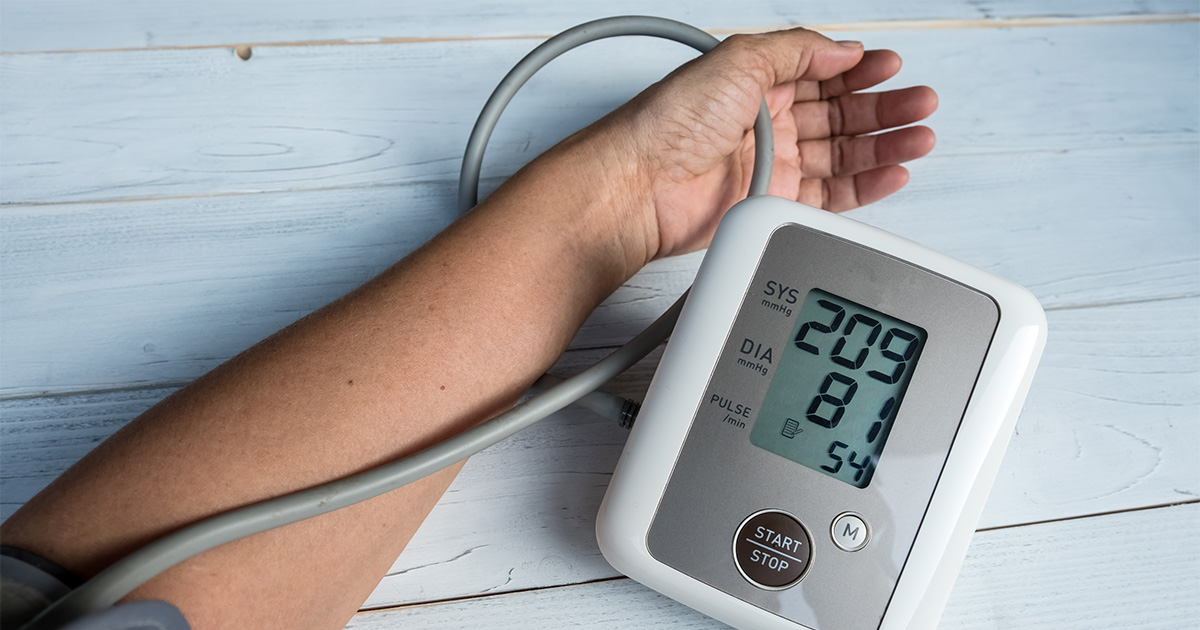


.jpg)


